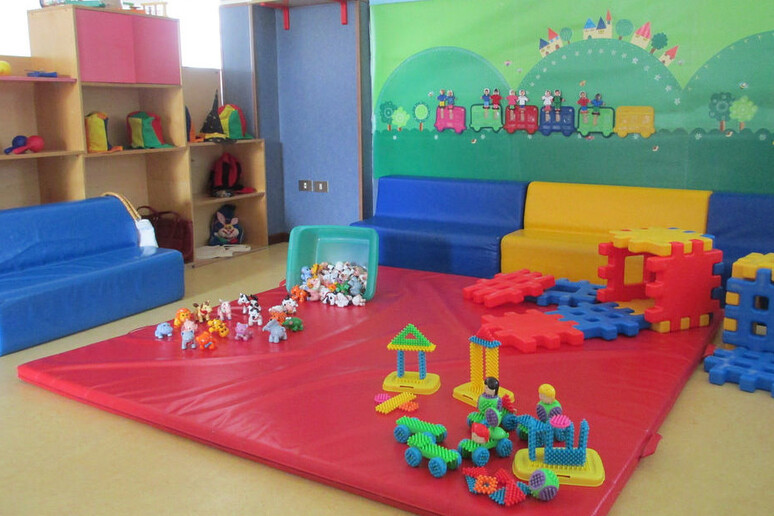The New York City Council is pressuring the Adams administration to roll back $1 billion in budget cuts – including $170 million in financing for early childhood education, which legislators argue is vital for young families.
A growing number of middle-class New Yorkers are reportedly leaving the city as housing and food costs rise, and lawmakers fear that any cuts to the city’s 3-K and pre-K program, which offers free schooling to children aged 3 and 4, could exacerbate the Big Apple’s child care crisis.
According to data from The Gothamist, child care specialists estimate that eighty percent of households in New York City already cannot afford child care. Eight out of ten households in the five boroughs pay between $14,000 and $20,000 annually for child care for children under the age of five.
The expense of caring for a newborn or toddler may take up 25% of a family’s $86,000 income, exceeding federal guidelines that state child care should not exceed 7% of a household’s income. In order to fulfill the federal criterion for affordability, a family in the city would need to earn more than $300,000 annually to pay for only one young kid’s care,
The median cost of almost all kinds of child care in New York City has skyrocketed since 2017. In affluent communities, Montessori preschool programs can now cost over $4,000 per month, and working-class families are straining their wallets to pay for day care at least $2,000 per month.
As a consequence, researchers at the New School found that, between 2019 and the end of 2022, there was a notable decline in the number of urban households with children under the age of five. Black families have left in particularly large numbers, claiming insurmountable financial hardship. The number of students attending public schools in the city has likewise sharply declined.
As supply fell, care expenditures increased because of a decreasing workforce. Since the epidemic began, the city has lost at least one-third of its child care providers, and the majority of those who are left are eligible for subsidies for the care of their own children. The majority of child care workers in the city are women of color, and 25% of them are reportedly poor.
In the most recent state budget, Governor Kathy Hochul added $500 million to support center recruitment efforts and bonuses for child care workers. She also allocated $100 million to expand child care in underserved areas and nearly $16 million to build new centers on city and state university campuses.
A tiny portion of the almost half a million young children in the city, or around 22,000 low-income children, are currently receiving subsidized vouchers for child care thanks to City Hall’s plans. As of October, families with four members must earn less than $100,000 annually in order to be eligible, and they must provide proof that they require child care in order to work, pursue education, or both.











